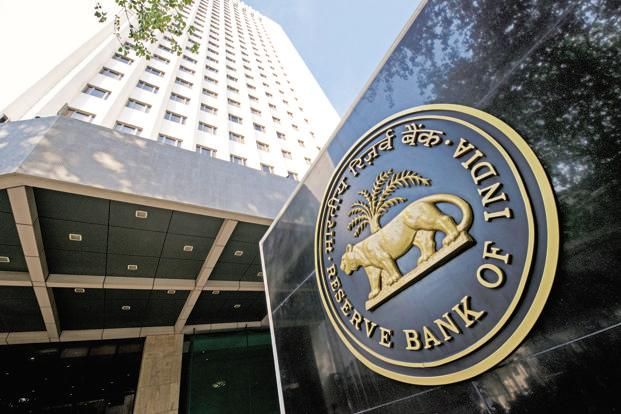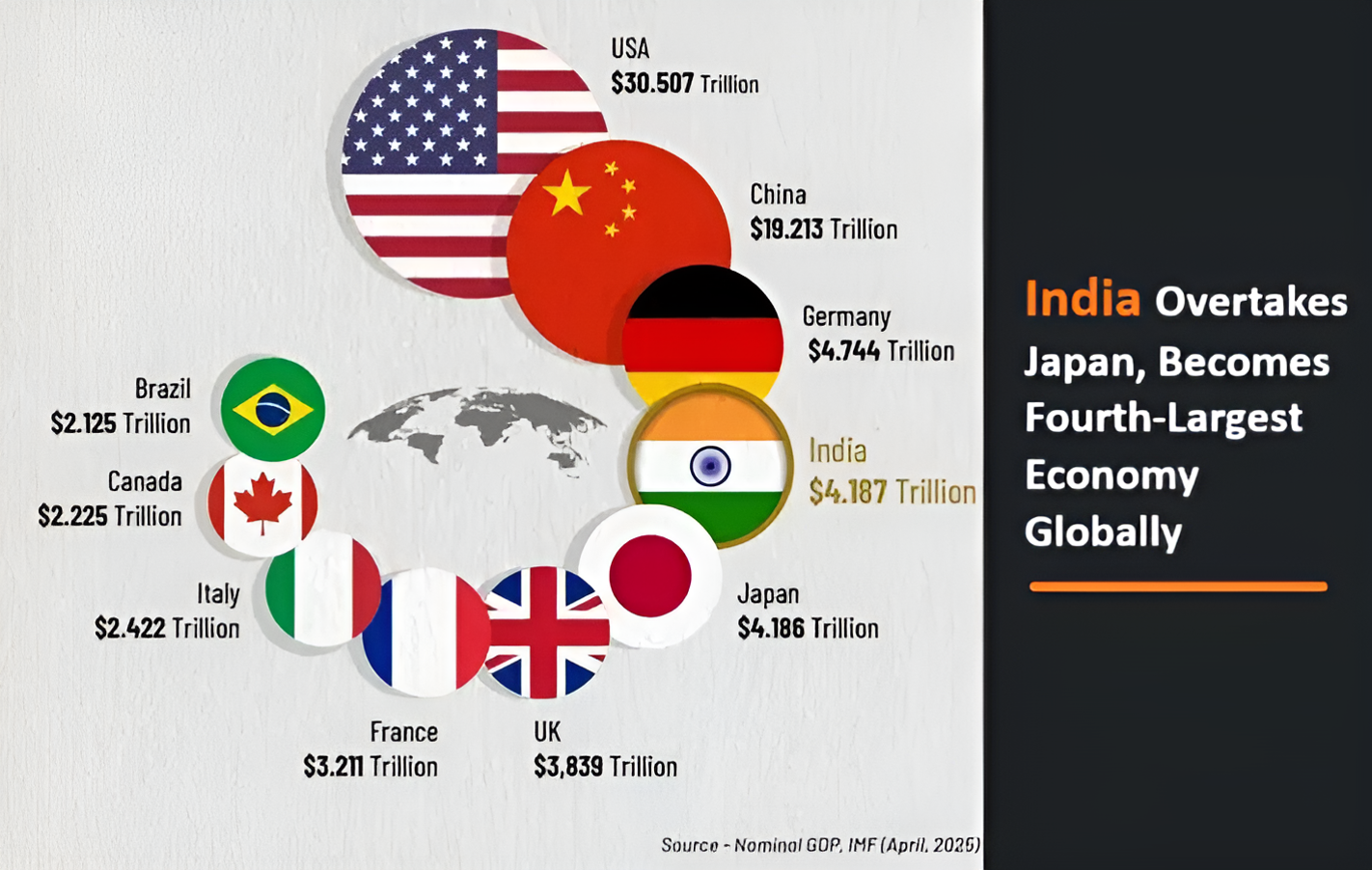India’s foreign direct investment (FDI) trajectory over the last decade has undergone a dramatic transformation, reflecting a deeper global trust in the country’s economic and policy direction. Since the launch of flagship initiatives such as Make in India, Digital India, and the Production Linked Incentive (PLI) scheme, India has not only attracted record-breaking foreign capital but also repositioned itself as a strategic hub in the global economy.
FDI Surge: From Potential to Performance
To begin with, between 2004 and 2014, India received approximately $208 billion in FDI equity inflows. However, post-2014, the landscape changed significantly. Over $500 billion has flowed into India, with a staggering $300 billion arriving between 2019 and 2024 alone. Moreover, despite geopolitical and economic headwinds, India secured $40.67 billion in FDI during the April–December 2024 period. Clearly, this is not just steady growth- it represents a fundamental shift in global investor confidence.
Sectoral Momentum: Digital & Manufacturing Lead the Way
Furthermore, India’s digital economy has emerged as a clear winner. Since 2014, the computer software and hardware segment has attracted $95 billion in FDI. In addition, the services sector- including finance, IT, R&D, and consultancy- has garnered $77 billion. This clearly shows that India has evolved from being a back-office destination to a global innovation and technology hub.
But more importantly, the resurgence of manufacturing has rewritten the narrative. For instance, in 2014, India imported nearly 80% of its smartphones. Today, that number has flipped, largely due to the success of the PLI scheme. Global giants like Apple- via Foxconn and Wistron- are now assembling iPhones in India. As a result, smartphone exports have surged to $21 billion, up from negligible levels just a decade ago.
In parallel, sectors such as auto, construction equipment, and pharmaceuticals are experiencing robust FDI inflows. This indicates a deliberate transition from a service-dominated model to a more balanced and broad-based growth framework. Notably, every dollar of FDI is not just capital- it is a catalyst for job creation, MSME development, supply chain strengthening, and technology transfer.
Green Growth: India as a Clean-Tech Magnet
Equally important is India’s growing role in the global clean energy transition. Foreign investors are increasingly aligning with India’s sustainability goals. From renewable energy to electric mobility, India is fast becoming a magnet for green capital. Companies like Tesla, Hyundai, ReNew Power, and Adani Green are either expanding or deepening their presence. In essence, foreign capital is now enabling not only economic growth but also future-oriented, sustainable development.
FDI Across the Map: Rise of Emerging States
Traditionally, Maharashtra, Tamil Nadu, Gujarat, and Karnataka have led in attracting FDI. However, more recently, states like Uttar Pradesh, Telangana, and Haryana have begun gaining traction. Thanks to focused policy reforms, improved infrastructure, and strategic investment promotion, these states are emerging as competitive destinations in their own right.
India in the Global FDI Race: China Plus One Advantage
Meanwhile, on the global stage, India has smartly capitalized on the China Plus One strategy. As companies look to diversify their supply chains away from China, India stands out due to its political stability, economic scale, skilled workforce, and rising digital infrastructure.
In this context, trade agreements such as the India-UAE CEPA, India-Australia ECTA, and the ongoing FTA negotiations with the UK, EU, and EFTA nations are critical enablers. These pacts are opening high-value sectors like green hydrogen, fintech, and EV manufacturing to new cross-border investment flows.
Admittedly, India faces stiff competition from nations like Vietnam and Indonesia. Nevertheless, its unmatched combination of market size, reform momentum, institutional stability, and skilled talent continues to set it apart. Moreover, as India deepens reforms in land acquisition, judicial efficiency, and infrastructure, its capacity to anchor global value chains will only strengthen.
Conclusion: The New Global Investment Playbook
In conclusion, India’s FDI performance since 2014 is not just a testament to capital inflow it reflects a global endorsement of India’s structural transformation. The convergence of scale, reform, digital infrastructure, and manufacturing ambition has turned India from a promising market into a priority market.
As global supply chains realign and new trade corridors emerge, India is no longer pitching its potential- it is executing with scale and precision. Looking ahead, the next decade will not be about catching up- it will be about leading from the front.
Source: Economic Times










